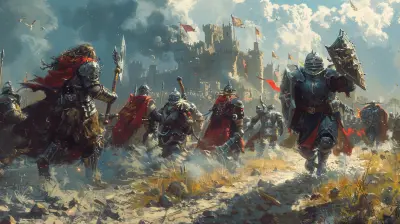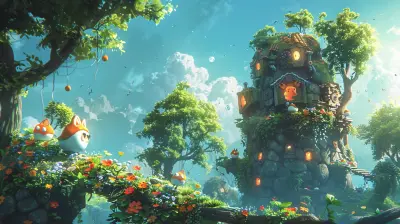The Challenges of Creating Open Worlds in Virtual Reality
8 September 2025
Creating a massive, living, breathing virtual world is already a Herculean task when you're doing it for a flat screen. But throw in virtual reality (VR), and you’ve just turned that mountain-sized challenge into a whole other galaxy. It's like trying to build an entire city while you’re blindfolded and standing on a moving treadmill.
So let’s talk about it — the real, gritty obstacles the game devs face when creating open worlds in VR. If you've ever taken off a VR headset and had to remind yourself which dimension you're in, just imagine what it takes to build that illusion from the ground up!
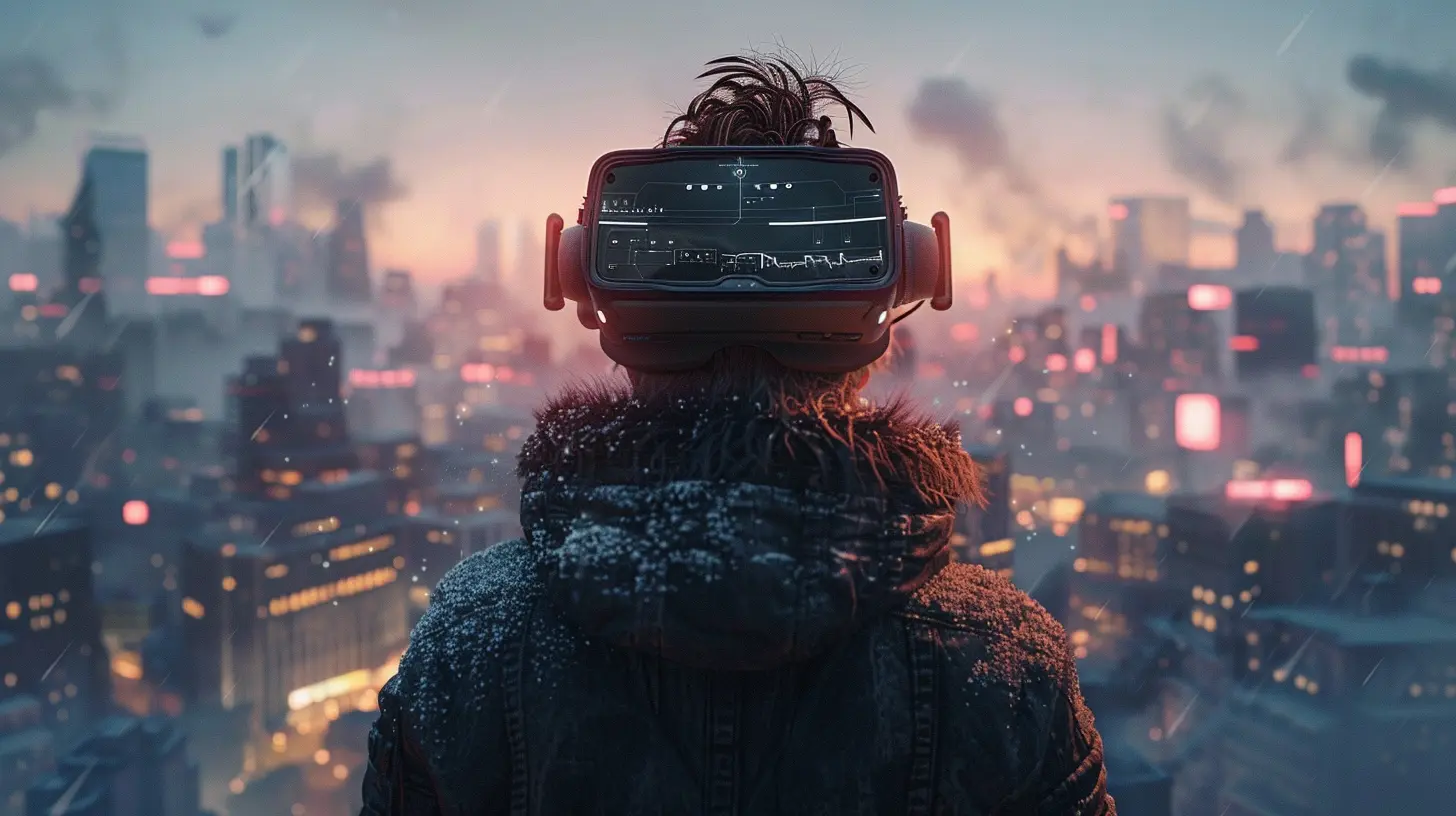
What Exactly Is An “Open World” Anyway?
Before diving headfirst into the sci-fi-sounding struggles, let's make sure we're on the same page. An “open world” in gaming is a massive game environment that you can explore at your own pace. Think GTA V, Skyrim, Red Dead Redemption 2 — no levels, no checkpoints, just you and the wild unknown.Now stick that concept into VR and boom — you've just added the need for 1:1 head tracking, physics that let you pick up and throw a coffee mug (just because), and environments that feel completely immersive. It's not just designing a world; it's crafting an experience.
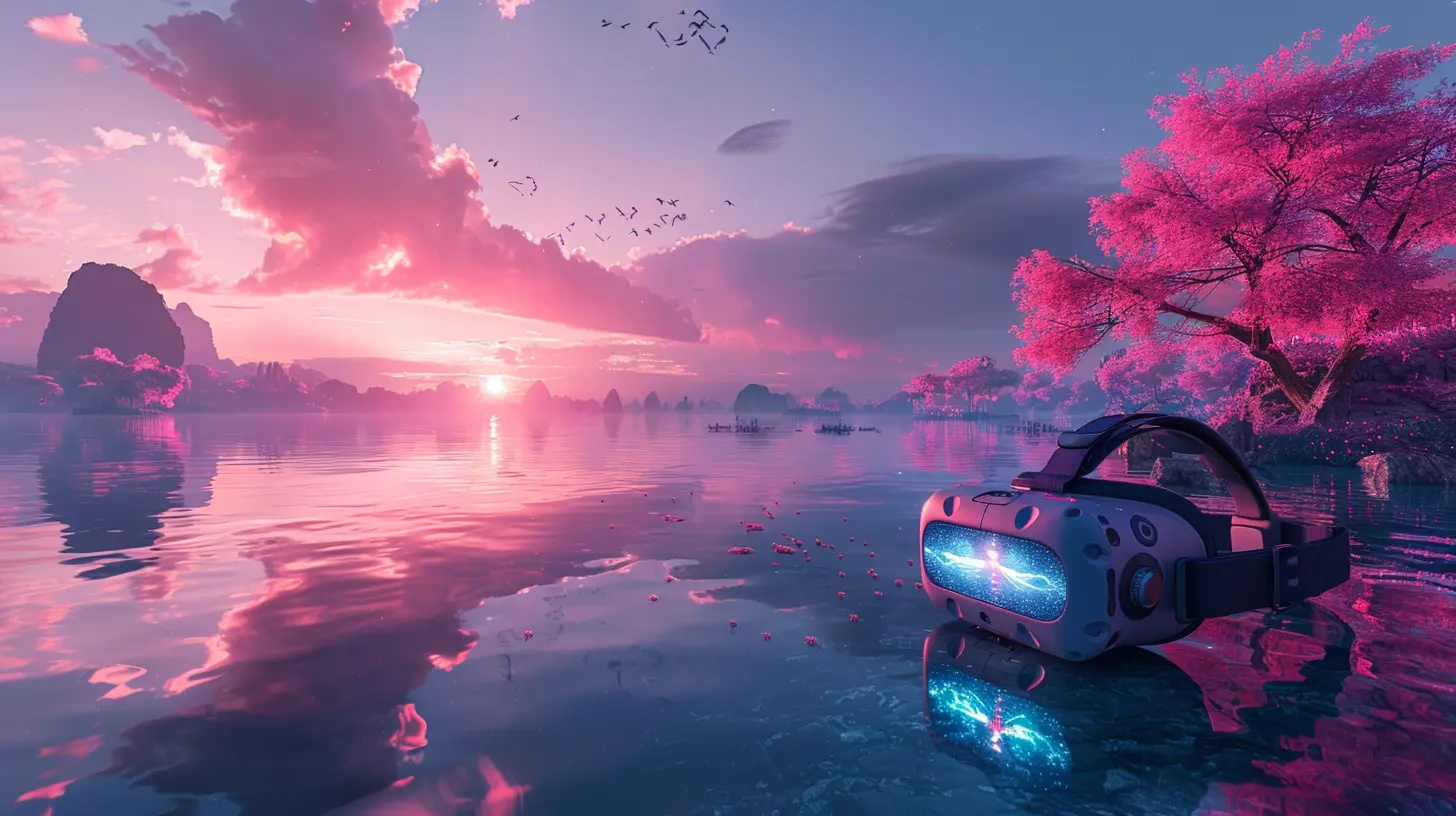
The VR Twist: Why It’s Not Just “Copy & Paste”
You might think, “Hey, just take that big ol’ open world map and slap a VR camera on it. Done, right?” Oh, if only.That’s like trying to turn a roller coaster into a walking trail — same path, completely different experience.
VR isn't just a new way to look at old content. It changes everything — how you move, how you interact, and even how long your brain can handle being in that world. And that, my friend, brings us to some wild challenges.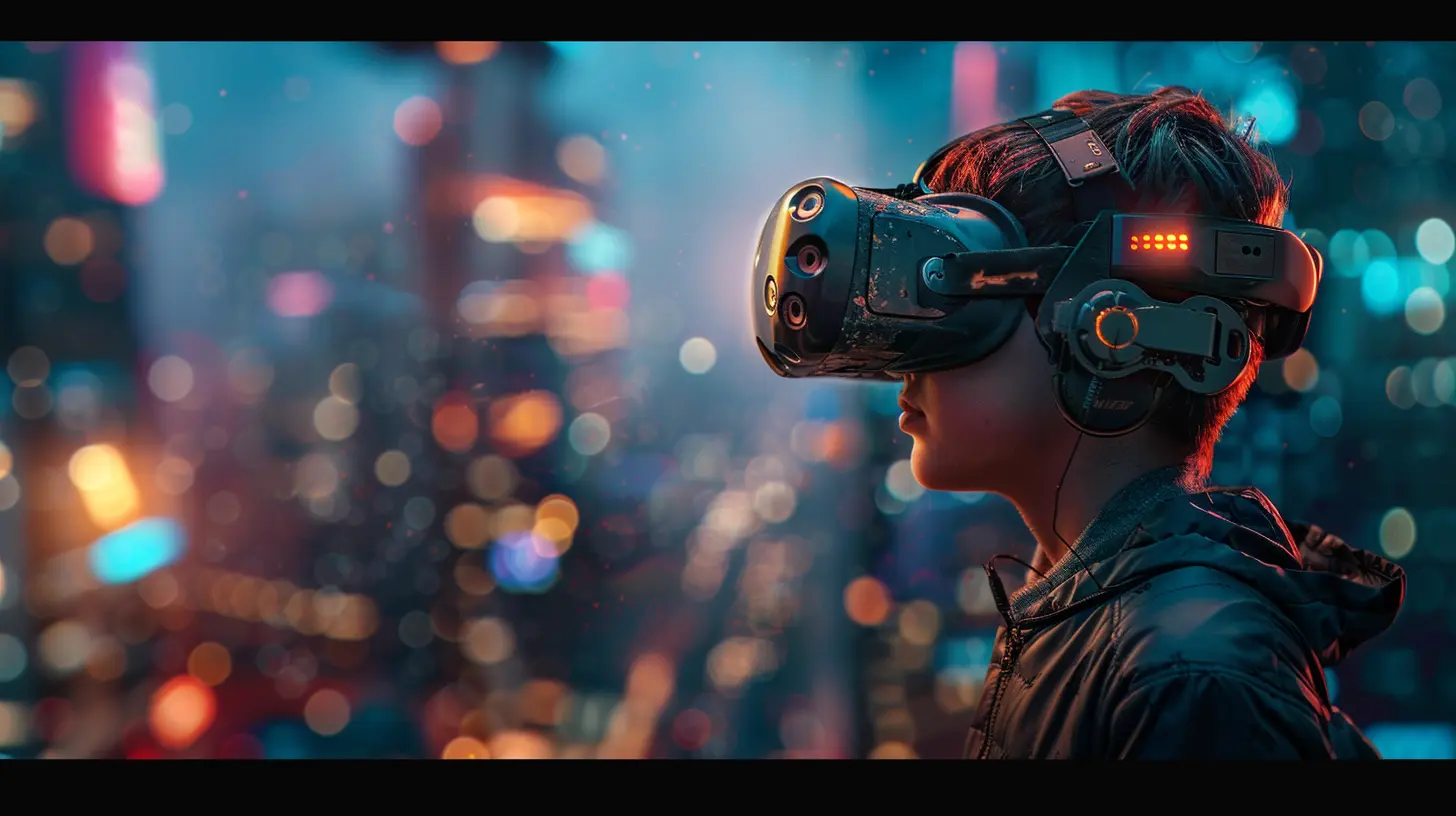
1. Performance: The Silent Killer of VR Immersion
Let’s talk about frames-per-second (FPS) — not the kind with bullets, the kind that determines whether your VR headset delights or makes you regret your lunch. In VR, performance is king. If your frame rate drops, you don’t just get annoyed — you get nauseous.Why Performance Is 10x More Important in VR
In traditional games, you might get away with 30 – 60 FPS. But in VR? You need a silky-smooth 90 FPS or higher, consistently, or you’ll make players feel like they just rode The Vomit Comet.Now imagine trying to render a huge open world with cities, forests, dynamic weather, NPCs, and a dozen other systems — all while maintaining that performance. It’s like trying to balance a tray of drinks during an earthquake.
Throw in Eye Candy? Good Luck.
Textures, lighting effects, shadows — while these make a flat-screen open world visually stunning, they’re resource hogs in VR. Developers have to constantly optimize, scale down, or come up with new tricks like foveated rendering (only rendering sharply where you're looking) just to keep the engine running.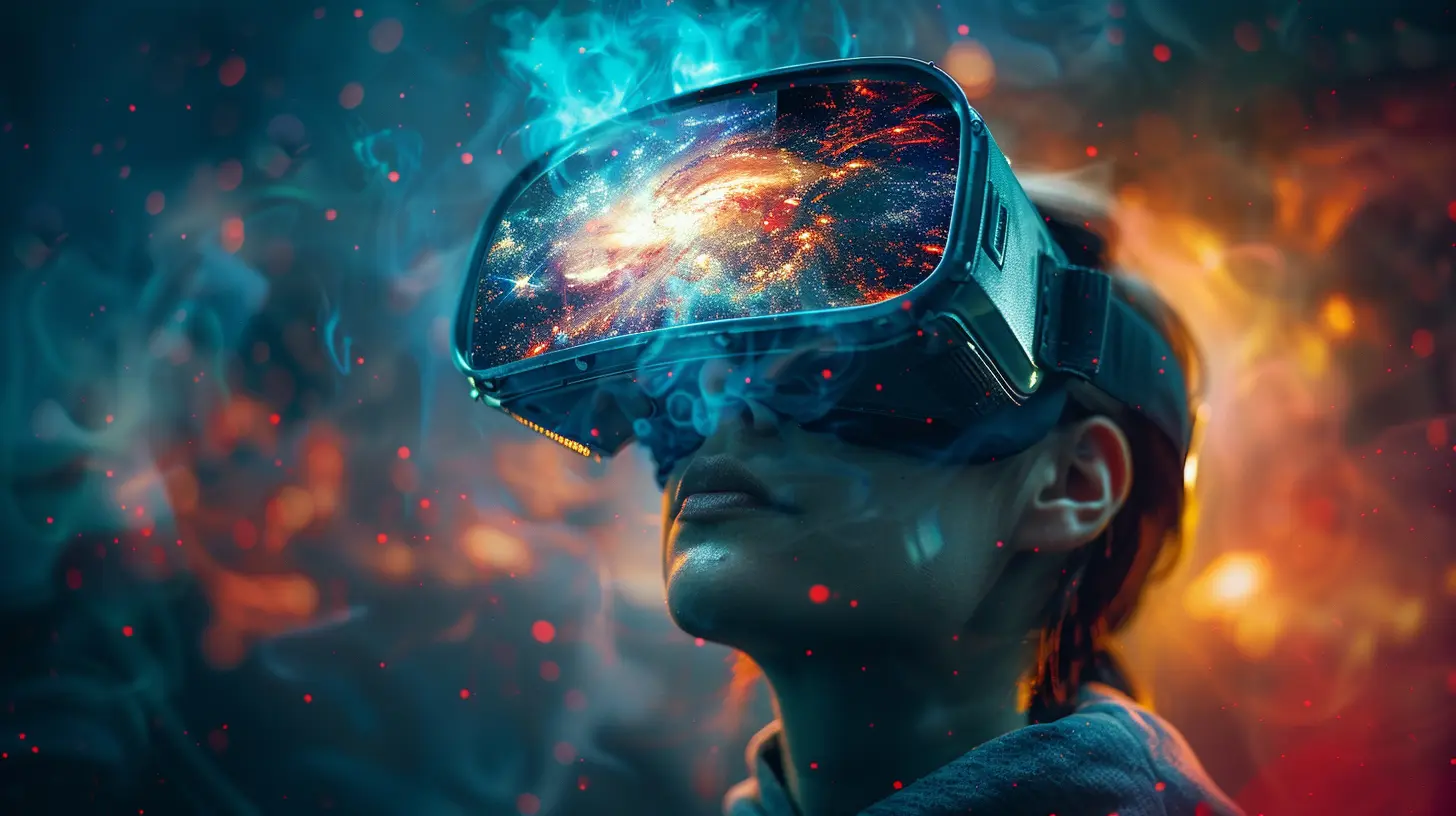
2. Movement: The Great Locomotion Dilemma
Ah, movement in VR — the eternal conundrum. In open world games, we usually run around with thumbsticks, hop on horses, fly in jets, or fast-travel. But in VR? That kind of movement can send your inner ear spiraling.Why Locomotion is Tricky in VR
Our brains expect physical feedback when moving — you feel it when you walk, right? But in VR, your brain sees motion, but your body’s like, “Uhh, we’re standing still, buddy.” That disconnect? It can make people dizzy, disoriented, or just straight-up uncomfortable.To solve this, devs use things like:
- Teleportation: Blink-style movement that avoids motion sickness but can break immersion.
- Arm-swinging Locomotion: Move by swinging arms — better immersion, but tiring. Great if you skipped arm day.
- Smooth Locomotion: Feels the most like traditional games, but the riskiest for nausea.
Traversing Huge Maps Becomes a Pain
If your open-world map is the size of a small country, how do players get around? Teleporting feels like cheating. Walking gets old fast. Mounts? Vehicles? Sure — but how do you handle those in VR without players losing their breakfast?Spoiler: there's no one-size-fits-all answer. Every mechanic needs to be tested like it’s going to Mars.
3. Interactivity: Players Want to Touch EVERYTHING
Here’s the upside of VR — it’s incredibly immersive. The downside? Players expect everything to react like it would in real life.If It Exists, It Must Be Touchable
In flat-screen games, you can get away with non-interactive props. A cup is just a visual. But in VR? If players see a cup, they wanna pick it up. If they see a door, they wanna open it. See a toaster? Expect someone to stick bread in it.This means:
- Physics for nearly every object
- Custom animations for player hands
- Tons of testing to prevent glitches or exploits
It triples the workload just to match uncanny expectations.
4. World Design: Crafting for 360 Degrees, Not One Angle
Flat games cheat a lot. Developers know exactly where the player is standing and what they're looking at. They can place props, enemies, and scenery with that limited perspective in mind.In VR? Players can look anywhere, anytime. Behind them, above them, under that suspicious-looking rug.
There’s Nowhere to Hide
That means developers can’t cut corners — literally. Every angle needs to be polished. That castle tower you were planning to use as a "background piece"? Yeah, now players can climb it, explore it, and judge you for not detailing the top floor.Designing 360-degree spaces that feel alive, functional, and authentic is a massive lift. It’s not just about building a map; it’s about building a world.
5. Narrative & Quest Design: It’s Easy to Get Lost in a Big, Beautiful Void
With great freedom comes great... confusion?Open worlds in VR give players the freedom to explore, but without smart design, players can end up wandering aimlessly. Storytelling, quest-giving, and world-building need to keep players immersed without yanking them out of the experience.
UI is a Big Problem in VR
In flat games, you’ve got HUDs with maps, journal entries, quest markers — super handy! But in VR, HUDs can be super distracting. Too much info floating in your face ruins immersion. Not enough? Now you’ve got no idea where you are or what you’re doing.Designing intuitive, immersive navigation is one of VR’s biggest hurdles in open-world design.
6. Hardware Limitations: Not All VR Setups Are Created Equal
Let’s not forget hardware. Unlike normal gaming, where performance differences might boil down to PC vs. console, in VR, you’ve got:- High-end PC VR (Valve Index, Vive Pro)
- Mid-range standalone headsets (Meta Quest 2/3)
- Console VR (PlayStation VR2)
- Smartphone-powered VR (Remember Google Cardboard? Yikes.)
How Do You Build for Everyone?
You don’t — not easily. Developers either:- Build for the lowest common denominator and scale up
- Focus on one platform and lose out on other markets
- Or make multiple versions (which totally burns time and money)
Creating massive, open VR worlds means balancing ambition with access. Not fun, but necessary.
7. Multiplayer Madness: Putting Real People in Big VR Worlds
Multiplayer in open-world games is already a spaghetti mess of server syncing, netcode, and griefers who just wanna watch the world burn.Now throw VR into the mix — with full-body tracking, voice chat, and unpredictable player behavior — and you’ve got the Wild West.
Social Mechanics are Huge (And Hilarious)
In VRChat, Rec Room, and other social VR spaces, open-world elements let people express themselves in weird, often hilarious ways. Add missions, economy systems, or progression, and the design challenge grows exponentially.You’re not just building a game at that point; you’re building a society.
So… Is It Worth It?
Heck yeah, it is.Despite the giant list of headaches, open-world VR games are some of the most magical experiences you can have in gaming. When it all clicks — the movement, the immersion, the exploration — it’s like stepping into a dream. And that makes the blood, sweat, and debug logs totally worth it.
Games like “The Walking Dead: Saints & Sinners,” “No Man’s Sky VR,” and “Half-Life: Alyx” (although more linear) show that we're getting closer to truly jaw-dropping open-world VR experiences.
It’s not easy. It might never be “easy.” But the future is wide open — pun absolutely intended.
Key Takeaways
- Open worlds in VR aren’t just larger flat games — they require rethinking everything from performance to player movement.- Immersion is a double-edged sword — players expect realistic interactions, meaning devs have to go the extra 10 miles.
- Hardware and motion sickness are big obstacles that require smart solutions.
- Despite all the challenges, the payoff is incredible — a true open world in VR is like a playable dream.
So next time you pick up a virtual rock just to toss it off a cliff for fun, remember — some poor dev made that rock throwable, and that’s pretty dang cool.
all images in this post were generated using AI tools
Category:
Vr TechnologyAuthor:

Tina Fisher
Discussion
rate this article
1 comments
Remi Rosales
Open worlds in virtual reality present unique challenges, but they also offer unparalleled opportunities for immersion and creativity. Developers must balance expansive environments with seamless interactivity to enhance player experience. Embracing these challenges will ultimately redefine gaming and transport players into truly captivating virtual realms.
September 18, 2025 at 3:26 PM

Tina Fisher
Absolutely, the balance between vastness and interactivity is crucial. Embracing these challenges can truly transform the gaming experience and deepen player immersion in virtual worlds.
